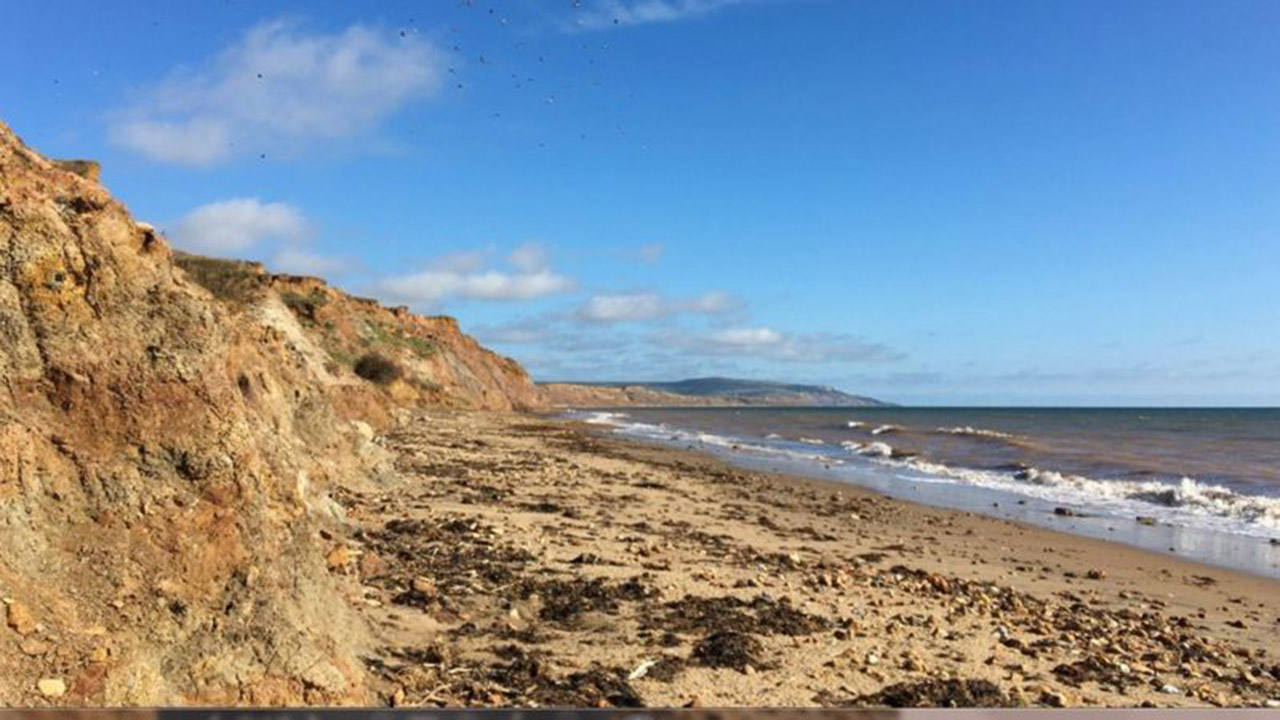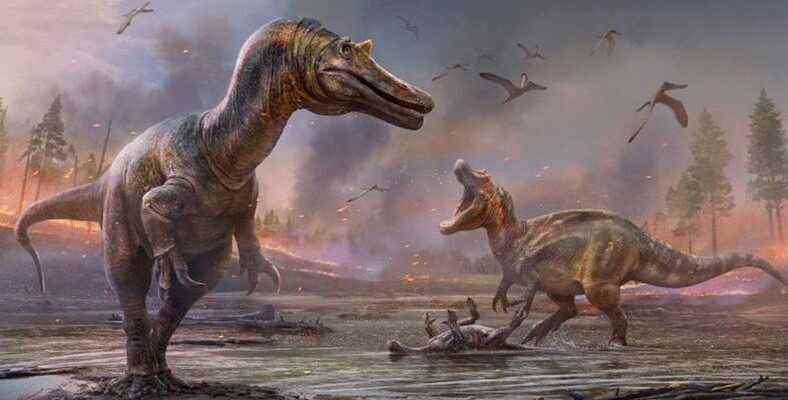Two new dinosaur species have been discovered in the Isle of Wight region of England. Species named Ceratosuchops inferodios and Riparvenator milnerae are estimated to have lived 125 million years ago.
Two new species of dinosaurs, ancient creatures whose fossils are frequently encountered but whose existence is suspected, have been discovered. Fossils of the aforementioned species were found on the Isle of Wight, England. giant creatures lived in this region 125 million years ago is estimated.
Paleontologists say that both species belonging to the spinosauridae family, whose fossils are found and whose skeletons of 50 bones take years to extract, have a frightening appearance, 9 meters in length and 1 meter in skulls states that it is.
Names of new species are as scary as their looks
The name of the species Ceratosuchops inferodios “out of hell, with horns and crocodile head Riparvenator milnerae means “Milner riverside hunter”.
After fossil collectors found two skulls, the dinosaur museum on the island managed to unearth a large tail fossil from the same area. in England in 1983 another dinosaur of the same family Fossils of Baryonyx were found.

PhD student Chris Baker on the discovery”The skull we found is different from Baryonyx and different from each other. This is England, more than anticipated shows that it was home to a dinosaur from the spinosauridae family.” says.
Dinosaur expert Darren Naish from the research team said:We knew on the Isle of Wight that dinosaurs resembling Baryonyx were waiting to be discovered. But finding them one after another is also for us. it was a big surprise.” said.
RELATED NEWS
If Dinosaurs Didn’t Exist, Snakes Might Never Have Existed: Here’s Why
Experts think that the spinosauridae family originated in Europe and later spread to Asia, Africa and South America. The curator of the dinosaur museum, Dr. Martin Munt of the Isle of Wight in Europe with the last fossils one of the places with the most dinosaurs states that it strengthens the
